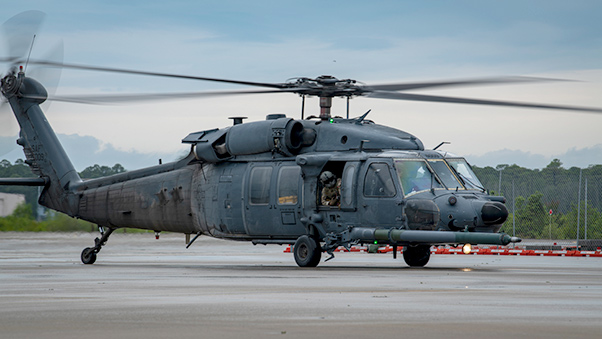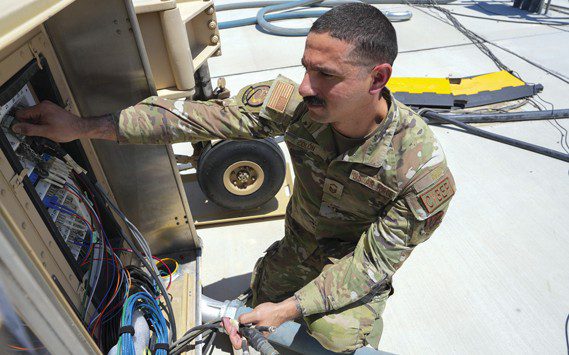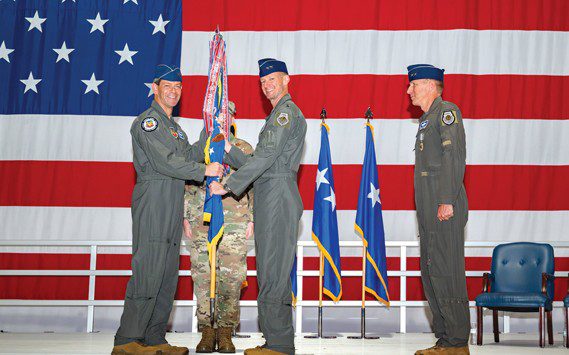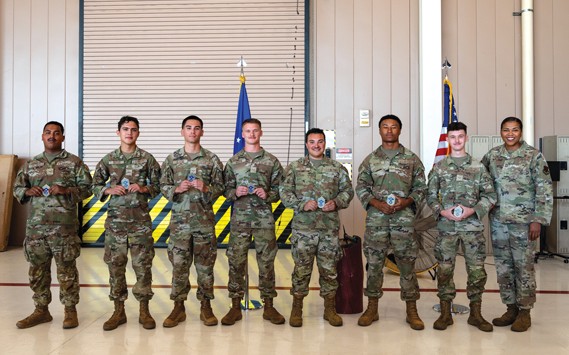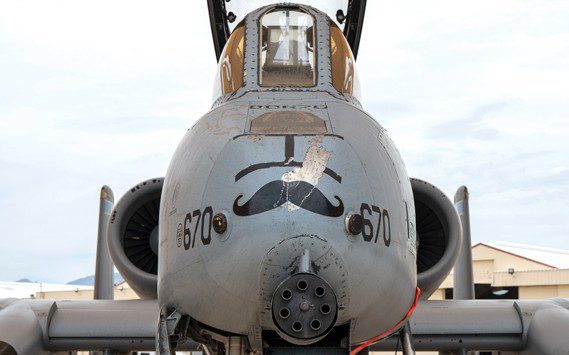An MH-60G Pave Hawk, tail number 009, piloted by Capt. Tanner Bennett, MH-60G aircraft commander, took off from the 66th Rescue Squadron, Nellis Air Force Base, Nev., and touched down in Pensacola Naval Air Station, Fla., for a very special send off.
Maj. Gen. Chad P. Franks, 15th Air Force commander, took command of MH-60G 009 at Pensacola NAS and flew the final flight to Hurlburt Field, Fla. Both he and 009 have a history together when then Captain Franks flew combat search and rescue missions in 1999 during Operation Allied Force.
“This Pave Hawk represents the hard work and accomplishments of the men and women of the 55th Special Operations Squadron who took great care of 009 when I flew it in ‘99,” Franks said. “It is an honor for me to fly this retirement flight.”
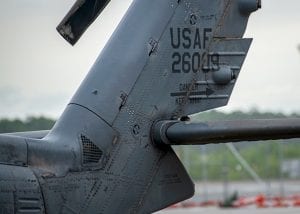
The 55th SOS originated as the 55th Air Rescue Squadron in 1952. In 1966, it was redesignated as the 55th Air Rescue and Recovery Squadron. The MH-60G began its operations in 1982 under the 55th ARRS, which later became the 55th Special Operations Squadron in 1988. While under the 55th SOS, the MH-60G was flown during operation Just Cause, Desert Shield, Desert Storm, Provide Comfort, Northern Watch, Allied Force and various other special operations missions.
The 55th SOS received several decorations and recognitions while operating the MH-60G, which continued the legacy of the 40 years of distinguished lineage that preceded the 55th SOS. The final flight represents the heritage and lineage of those that operated and maintained this helicopter.
The final flight represents the heritage and lineage of those that operated and maintained this #helicopter.https://t.co/yNlmflEtWM#helicopterlife #pilotlife
— Aerotech News and Review (@Aerotechnews86) May 13, 2021
That’s what made the preparation for this flight even more honorable. Bennett stated the maintenance team at Nellis AFB worked very hard to ensure 009 was safe to fly.
“The maintenance team was jobbing it,” Bennett said. “With as many hours 009 has, they made sure that it was safe for everyone.”
The end of a lifecycle for any aircraft differs for each one. For 009, being 32 years old, 11,000 flight hours and multiple deployments, to fly it one last time made this retirement special.
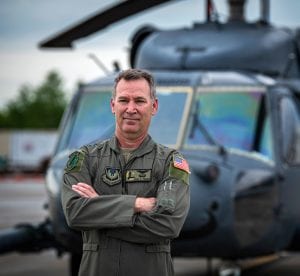
“It’s pretty awesome in terms of rescue history,” Bennett said. “For us to take her home, with Maj. Gen. Franks flying the last part, and knowing it will be on display for future pilots, is an honor to be a part of.”
Bennett recalled that he had flown 009 multiple times and had been used in several Red Flag exercises to help train pilots.
“The stories it (009) could tell,” Bennett said.
According to Bennett, aircraft usually are sent to the boneyard, and used for parts so other Air Force units can use them for their aircraft.
“I’m just honored. It’s lucky that this MH-60 gets to ride out into the sunset,” Bennett said.
Retiring an aircraft, especially 009 that has a legacy with many special operations and personnel recovery missions, though bittersweet, is knowing that it will now rest in a place that will remind everyone of the contributions of all the Airmen that served in the 55th SOS.
The parts will be used to aid future aircraft to accomplish their missions, and continue to save lives, so that others may live.
DON'T FORGET TO SUBSCRIBE
Get the latest news from Desert Lightning News at Nellis & Creech AFB






